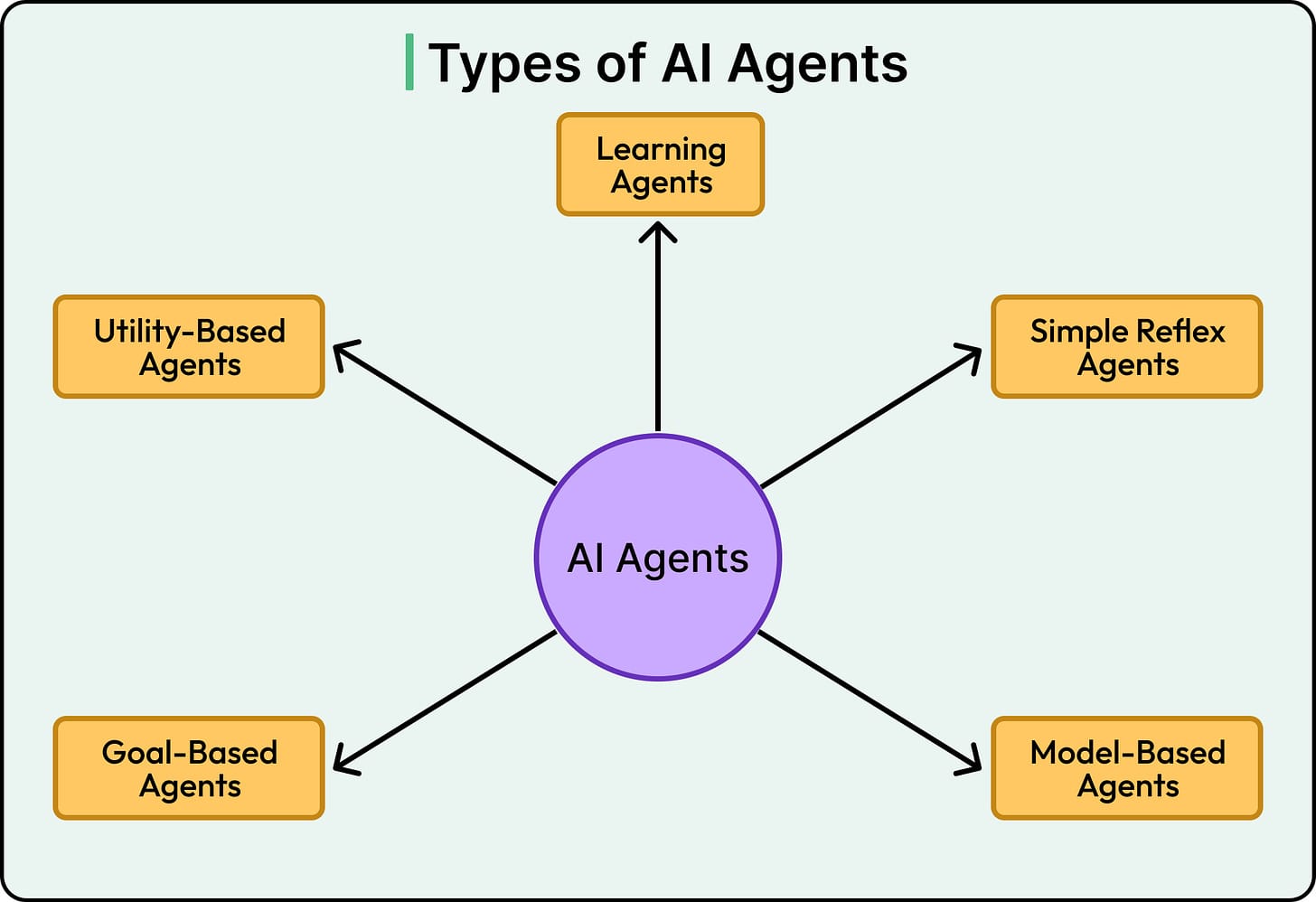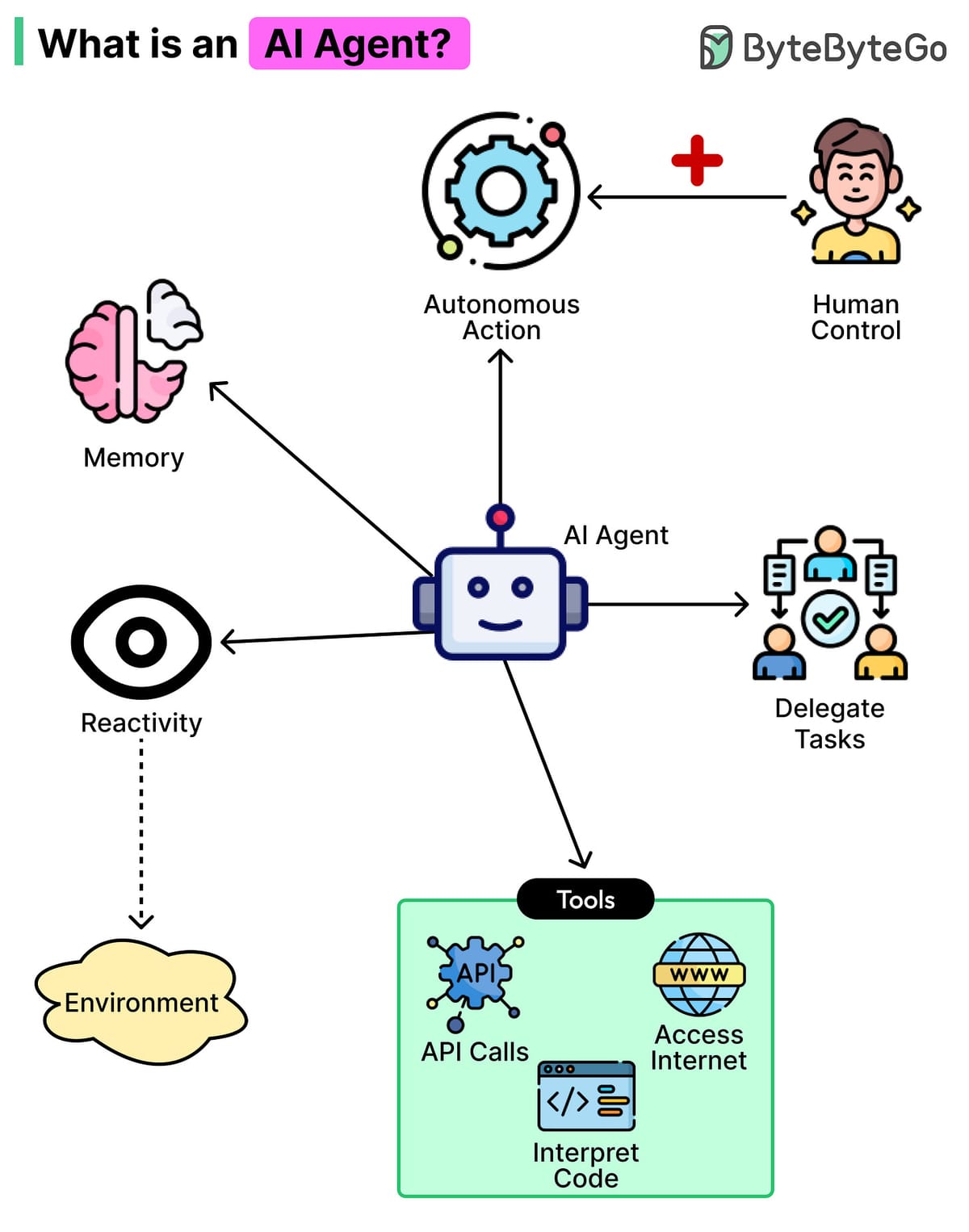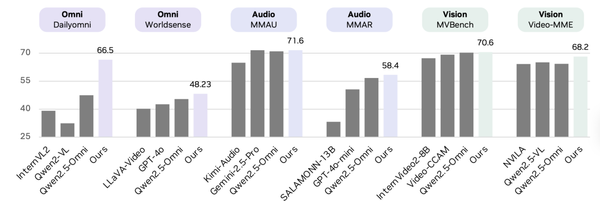# Understanding AI Agents: From Basics to Real-World Applications
Imagine asking a digital assistant to help plan a weekend trip. Instead of simply searching for flights when you type **"flights to Paris"**, it understands your broader goal. It checks flight options, compares hotel prices, looks up the weather, and even suggests nearby restaurants. If you mentioned a *tight budget* earlier, it will adjust its recommendations accordingly.
This is an **AI agent** at work — a system that doesn’t just respond to commands, but actively works toward accomplishing goals.
---
## Passive vs. Active: How AI Agents Differ from Traditional Software
**Traditional programs** (like calculators or search engines):
- Follow rigid, predefined instructions.
- Wait for explicit commands.
- Produce predictable results.
**AI agents**:
- **Perceive** their environment.
- **Decide** what actions to take.
- **Adapt** when conditions change.
- Operate with **autonomy**.
This shift from passive to active systems is transforming how we build and use technology.
---
## The Role of Large Language Models (LLMs)
**Large language models (LLMs)** have supercharged AI agents by:
- Understanding natural language.
- Reasoning about problems.
- Producing human-like responses.
When paired with tools and action-taking abilities:
- The LLM acts as the **brain**.
- It interprets context, breaks down complex tasks, and interacts naturally.
---
## Four Core Characteristics of AI Agents
The defining traits are:
1. **Autonomy** — Acts without constant human input.
2. **Perception** — Gathers and interprets environment data.
3. **Decision-making** — Chooses actions based on goals.
4. **Action** — Executes tasks toward objectives.
**Extended list from agent literature:**
- **Reactivity** — Responds to environmental changes.
- **Proactiveness** — Initiates actions toward goals.
- **Social ability** — Communicates with humans/agents.
These traits enable agents to manage *complex, multi-step tasks* effectively.
---
## The Agent Loop: How AI Agents Work
The **agent loop** is a continuous cycle:
1. **Perceive** — Understand current situation.
2. **Think** — Decide next action.
3. **Act** — Execute that action.
4. **Observe** — Review the result.
5. Repeat until the goal is met.
**Example — Vacation Planning:**
- Gather data (flights, hotels, events).
- Compare options based on constraints.
- Suggest itinerary.
- Adjust plans if conditions change.
---
## Tool Use: Extending Agent Capabilities
Agents can invoke tools such as:
- Web search engines.
- Flight & weather APIs.
- Data analyzers.
- Databases.
**Example:**
A travel agent might use:
- A flight API for ticket prices.
- A weather API for trip scheduling.
- Mapping tools for location planning.
This tool-using ability is **key** to adaptability.
---
## Types of AI Agents

### 1. Simple Reflex Agents
- Operate on **condition–action rules**.
- No memory — respond to direct patterns.
- **Example:** Keyword-based chatbots.
**Pros:** Fast, predictable.
**Cons:** Cannot handle new, unexpected situations.
---
### 2. Model-Based Agents
- Maintain an **internal model** of unseen environmental aspects.
- Plan actions based on both perception & internal state.
- **Example:** Robotic vacuums mapping a room.
---
### 3. Goal-Based Agents
- Work toward **explicit objectives**.
- Evaluate actions for goal contribution.
- Can sequence multiple steps.
**Example:** Job interview preparation:
- Research company.
- Prepare answers.
- Plan study schedule.
---
### 4. Utility-Based Agents
- Weigh **trade-offs** using a utility function.
- Seek *best* solutions, not just *acceptable* ones.
- **Example:** Choosing optimal hotel based on cost, location, and amenities.
---
### 5. Learning Agents
- Improve over time via **experience**.
- Include:
- **Performance element**
- **Critic**
- **Learning element**
- **Problem generator**
- **Example:** Customer service AI refining responses based on satisfaction feedback.
---
## Real-World Integration: The AiToEarn Example
> **AiToEarn官网** ([https://aitoearn.ai/](https://aitoearn.ai/)) is an **open-source AI content monetization platform**.
> - Generates AI content.
> - Publishes across **Douyin, Kwai, WeChat, Bilibili, Xiaohongshu, YouTube**, and more.
> - Provides analytics and AI model rankings ([https://rank.aitoearn.ai](https://rank.aitoearn.ai)).
AiToEarn embodies AI agent principles:
- **Autonomy** — Automated publishing.
- **Tool use** — Integrating APIs and scheduling tools.
- **Adaptability** — Content optimized via analytics feedback.
---
## Conclusion
AI agents mark a fundamental change in software:
- From *step-by-step scripts* to *goal-oriented collaborators*.
- Capable of perception, decision-making, action, and learning.
- Applicable in software development, content creation, workflow automation, and beyond.
As tools like **AiToEarn** show, integrating AI agents unlocks scalable, cross-platform, and monetizable results — making them invaluable for creators, developers, and businesses.
---
## Sponsor Invitation
**Reach over 1,000,000 tech professionals.**
Our newsletter connects your product with senior engineers and tech leaders — key decision-makers with purchasing power.
- **Spaces fill up ~4 weeks in advance.**
- Reserve by emailing: **sponsorship@bytebytego.com**.
---
**Pro Tip:** If you'd like, I can create a **visual, step-by-step Tokyo Trip Agent Loop** diagram that shows exactly how each loop iteration works in real time.





